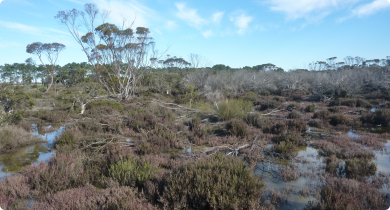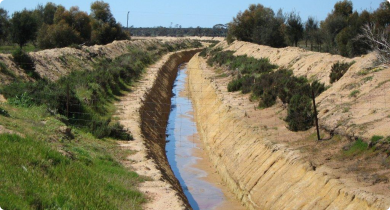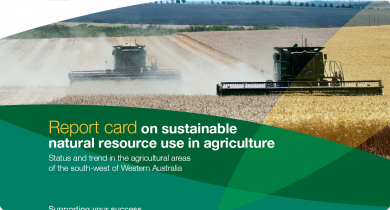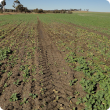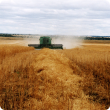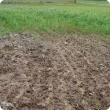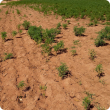Soil salinity
Dryland salinity is a major form of land degradation in Western Australia. More than one million hectares of broadacre farmland in Western Australia is estimated to be affected by dryland salinity. The Department of Primary Industries and Regional Development provides technical information to assist landholders and the community to diagnose the extent and effect of salinity, and manage the impacts. There are several practical options for increasing productivity from saline sites, and for reducing environmental damage.
See Also
- Managing dryland salinity in south-west Western Australia
- Groundwater desalination on farms in Western Australia
- A new direction for salinity management in Western Australia: a consultative review
- Managing subsurface water in Western Australia
- Dryland salinity in Western Australia
- Dryland salinity – extent and impact in the South West of Western Australia
- Dryland salinity science
- Interactive groundwater and salinity map for the south-west agricultural region
- Diagnosing salinity in cereals
- Diagnosing salinity in canola
- Diagnosing salinity in narrow-leafed lupins
- Diagnosing salinity damage in field peas
Articles
Filter by search
Filter by topic
- Crops (5) Apply Crops filter
- (-) Remove Grains filter Grains
- Soil constraints (2) Apply Soil constraints filter
- Water management (1) Apply Water management filter
- Water (1) Apply Water filter
- Waterlogging (1) Apply Waterlogging filter
- Field peas (1) Apply Field peas filter
- Canola (1) Apply Canola filter
- Lupins (1) Apply Lupins filter
- Pulses (1) Apply Pulses filter

